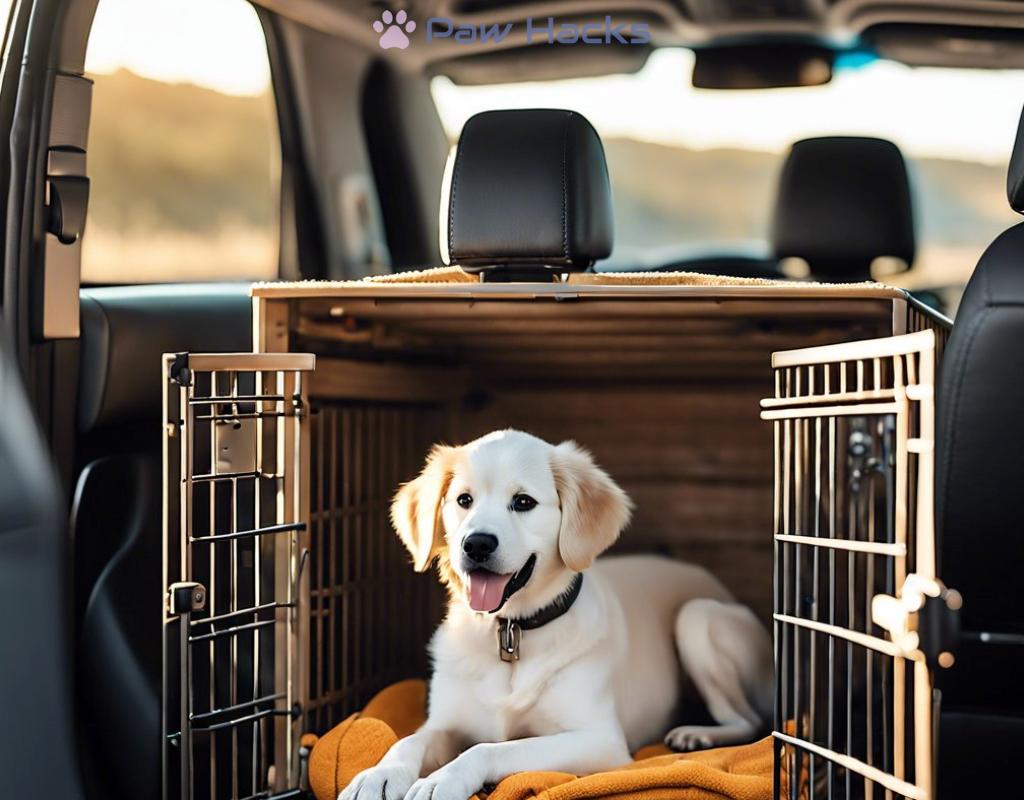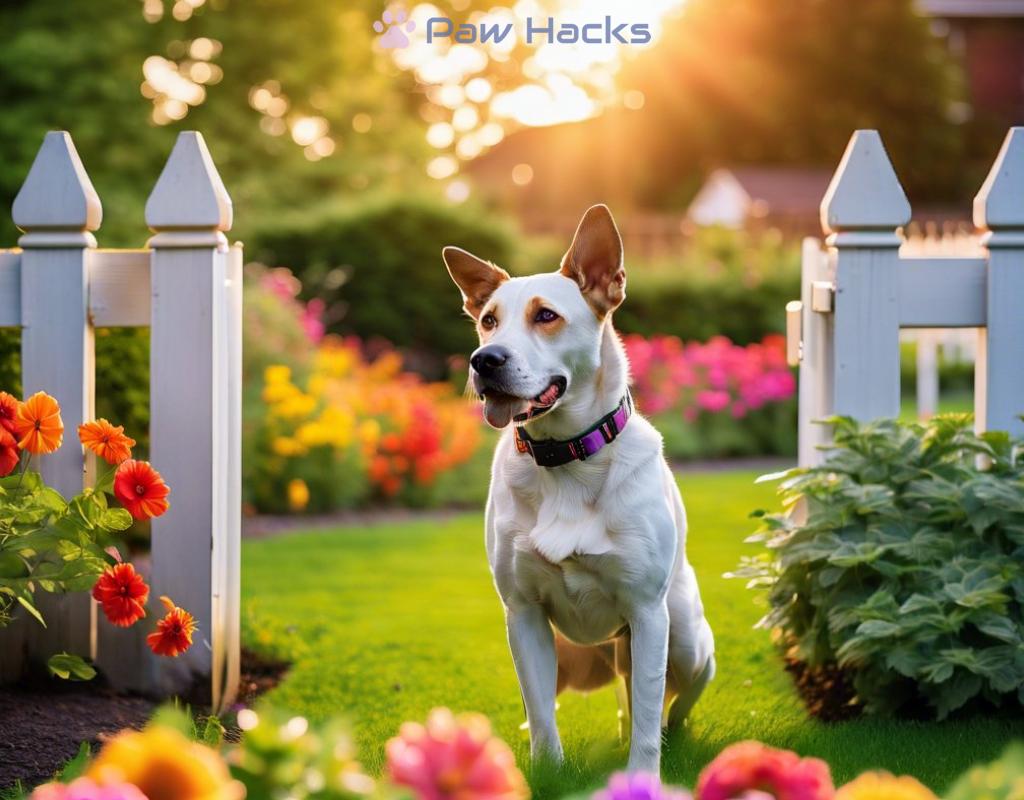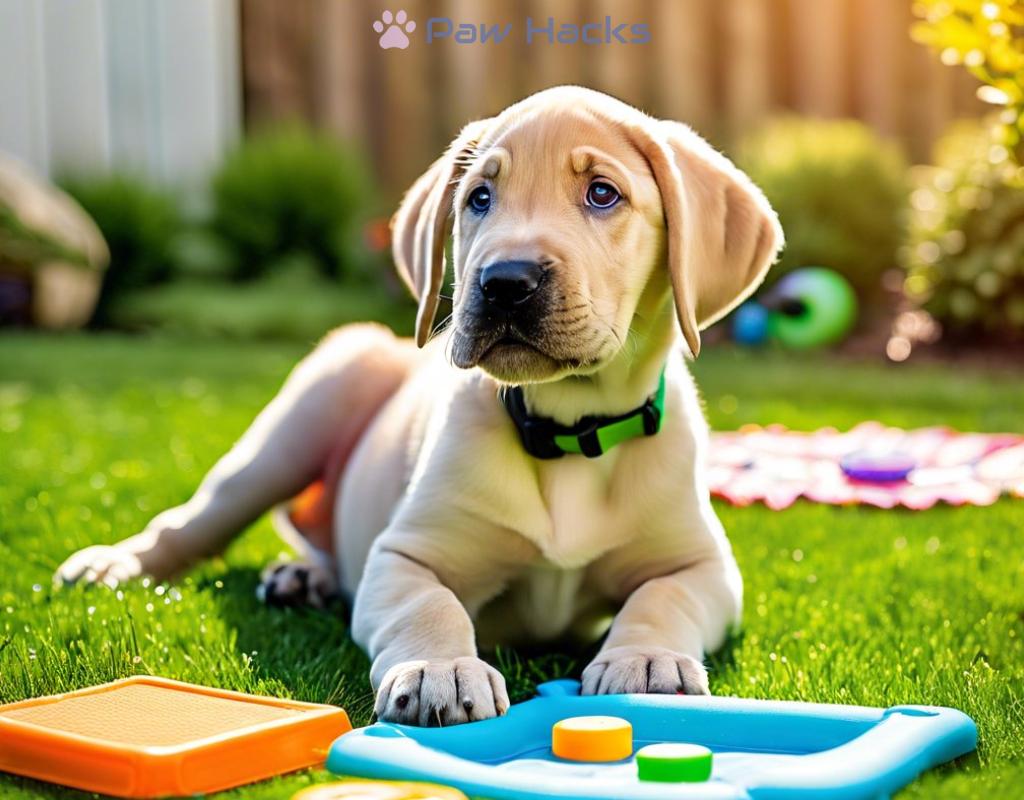Crate Training for Travel with Dogs
Mastering the Essentials: Why Crate Training is Crucial for Traveling with Your Dog
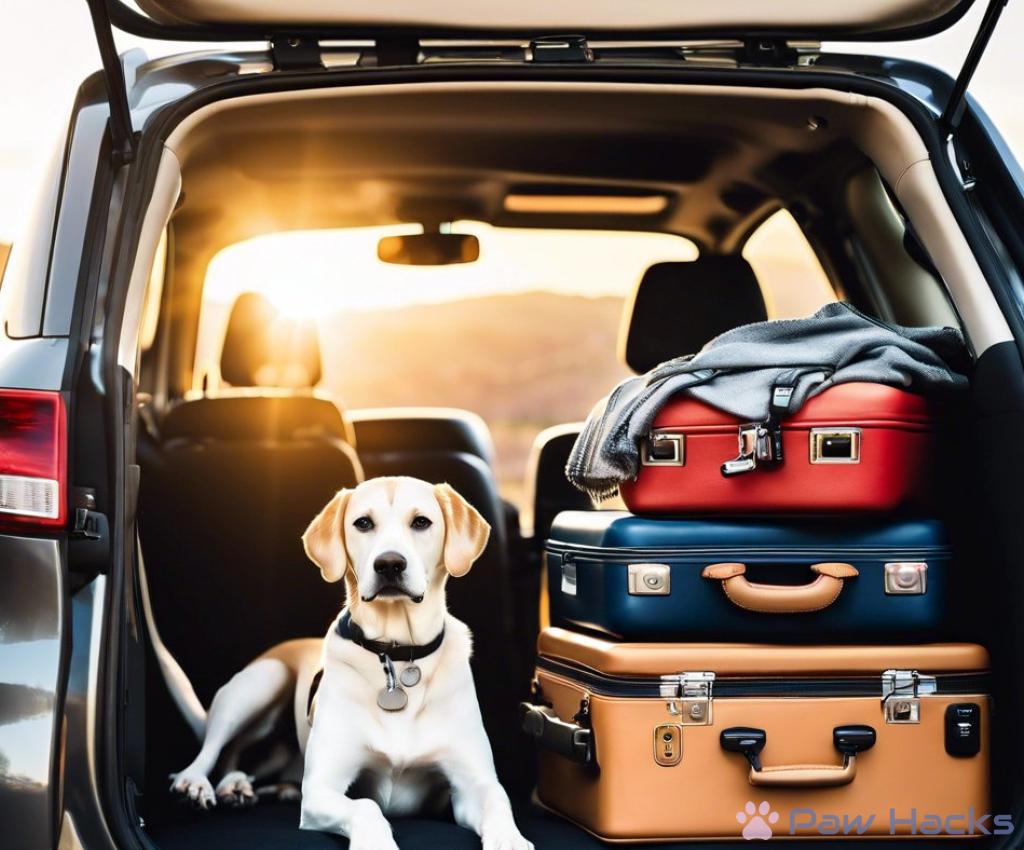
Traveling with your dog can be an exciting adventure, but it also comes with its own set of challenges. One of the best ways to ensure your furry friend is safe and comfortable on the road is through crate training. This method not only provides a secure environment for your dog but also gives you peace of mind during your travels.
When you’re on the move, your dog needs a designated spot where they can feel secure. A crate serves as a cozy and familiar space that can help reduce anxiety during travel. It acts like a mini-home away from home, allowing your pup to relax amidst the hustle and bustle.
Here are some key benefits of crate training for travel:
- Familiarity: Dogs thrive on routine. A crate can help maintain a sense of normalcy during travel.
- Safety: A crate keeps your dog secure in the car, preventing distractions and potential accidents.
- Comfort: It provides a comfortable space for your dog to rest during long journeys.
- Reduced Stress: Crate training can help alleviate anxiety, both for you and your dog.
To make crate training effective for travel, it’s important to start early and introduce your dog to the crate gradually. Here’s a step-by-step approach to ensure a smooth transition:
- Introduce the Crate: Allow your dog to explore the crate on their own terms. Use treats to encourage them to enter.
- Make it Cozy: Line the crate with comfortable bedding and include their favorite toys.
- Short Sessions: Start with short periods of crate time while at home to help them get accustomed.
- Positive Reinforcement: Always reward your dog for entering the crate and remaining calm.
- Practice Travel: Take short car trips with your dog in the crate to simulate travel conditions.
By following these steps, you can help your dog view their crate as a safe haven, making travel more enjoyable for both of you.
Step-by-Step Guide: How to Effectively Crate Train Your Dog for Stress-Free Journeys
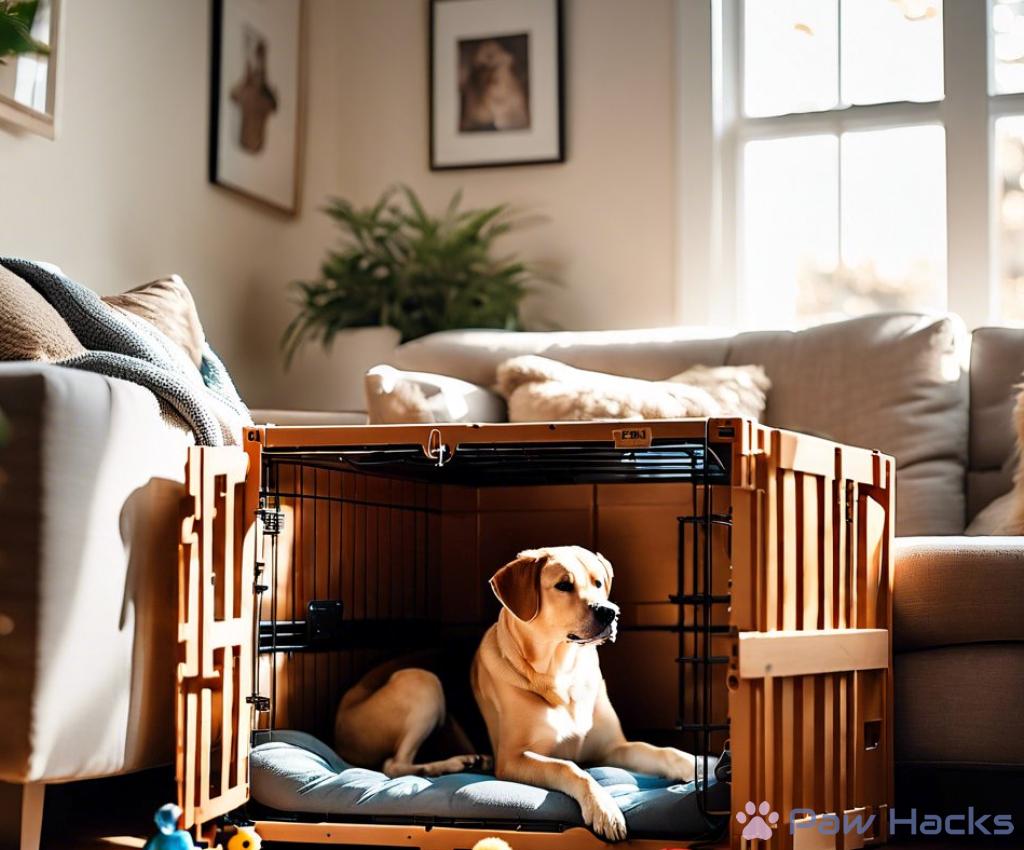
Creating a Positive Association with the Crate
Before embarking on your travels, it’s essential to ensure that your dog associates the crate with positivity and comfort. This foundational step is crucial for easing any anxiety your dog may feel during travel.
- Choose the Right Crate: Make sure the crate size is appropriate for your dog. It should be spacious enough for them to stand up, turn around, and lie down comfortably.
- Introduce the Crate Gradually: Allow your dog to explore the crate at their own pace. Place it in a common area and leave the door open to encourage exploration.
- Use Treats and Toys: Place treats or favorite toys inside the crate to entice your dog to enter. This will help them associate the crate with good experiences.
- Feed Meals in the Crate: Gradually begin feeding your dog in the crate. This will create a positive connection and encourage them to view it as a safe space.
Building Up Crate Time
Once your dog feels comfortable entering the crate, it’s time to gradually increase the duration they spend inside. This process will help them become accustomed to being crated for longer periods, like during travels.
- Start with Short Intervals: Initially, close the crate door for a few minutes while your dog is inside. Gradually extend this time as they become more relaxed.
- Stay Nearby: In the early stages, stay in the same room while your dog is in the crate. This will help them feel secure knowing you are close by.
- Practice Leaving the Room: Once your dog is comfortable, try leaving the room for short periods. This will help them understand that you will return.
- Incorporate Crate Time into Daily Routine: Make crate time a regular part of your dog’s day, such as during meals or while you are busy, to normalize the experience.
Preparing for Travel
With your dog now comfortably crate trained, it’s time to prepare for your journey. Proper preparation will ensure a smoother and more stress-free travel experience for both you and your pet.
| Preparation Step | Description |
|---|---|
| Packing the Crate | Include familiar items like bedding and toys to make the crate feel like home. |
| Practice Traveling | Take your dog on short car rides in the crate to simulate travel conditions. |
| Plan Stops | Schedule regular breaks during long trips to give your dog a chance to stretch and relieve themselves. |
| Stay Calm | Your demeanor influences your dog; remain calm and positive to help them feel secure. |
Choosing the Right Crate: Key Features to Look for When Traveling with Your Canine Companion
When it comes to traveling with your furry friend, selecting the right crate is essential for creating a safe and comfortable experience. The right crate not only serves as a secure space for your dog but also makes your journey smoother. With so many options available, it’s important to know what features to prioritize to ensure your dog’s well-being during travel.
Essential Characteristics for Travel Crates
When evaluating different crates, consider the following key features that will enhance your travel experience:
- Size and Space: Ensure the crate is spacious enough for your dog to stand, turn around, and lie down comfortably. A cramped space can cause stress and discomfort.
- Durability: Look for crates made of sturdy materials that can withstand wear and tear during travel. A robust crate will protect your dog and prevent breakage.
- Ventilation: Choose a crate with proper ventilation to keep your dog cool and comfortable. Adequate airflow is crucial, especially during long trips.
- Portability: Consider lightweight and collapsible designs for easy transport and storage. A portable crate allows for hassle-free setup wherever you go.
- Safety Features: Look for crates with secure locking mechanisms to prevent accidental openings. Safety is paramount when traveling with your pet.
Types of Crates: Finding the Perfect Fit
Understanding the different types of crates can help you make an informed decision. Here’s a brief overview of popular options:
| Type of Crate | Description | Best For |
|---|---|---|
| Wire Crate | Made of metal bars, offering visibility and ventilation. | Home use and well-behaved dogs. |
| Plastic Crate | Sturdy and enclosed, providing a secure environment. | Air travel and dogs who prefer a den-like space. |
| Soft-Sided Crate | Lightweight and collapsible, typically made of fabric. | Short trips and dogs who are crate-trained. |
Final Considerations: Making the Right Choice
Ultimately, choosing the right crate is about finding the perfect balance between comfort, safety, and practicality. Take the time to assess your dog’s needs and travel habits to select a crate that will create a positive travel experience. By investing in a high-quality crate, you’ll ensure that your adventures together are both enjoyable and stress-free.
Safety First: Tips for Ensuring Your Dog’s Comfort and Security in Their Travel Crate
Creating a Secure Sanctuary for Your Dog
When traveling with your dog, ensuring their safety and comfort in the crate is paramount. A well-prepared crate can serve as a sanctuary for your furry friend, helping them cope with the various stresses that travel can bring. It’s essential to remember that a properly equipped crate is not just a containment space; it’s a personal haven where your dog can feel relaxed and secure. By implementing a few key strategies, you can transform the crate into a comforting environment that fosters a sense of safety while on the road.
Essential Comfort Features for the Travel Crate
To enhance your dog’s travel experience, consider incorporating features that prioritize their comfort. First and foremost, the bedding inside the crate should be soft and supportive. A quality dog bed or thick blanket can provide the necessary cushioning, helping to absorb vibrations from the vehicle and reducing discomfort during long journeys. Additionally, it’s important to ensure that the crate has adequate ventilation. Good airflow is crucial to prevent overheating, especially in warm weather. Look for crates that offer multiple vents or openings to keep the air circulating.
Moreover, the placement of the crate in your vehicle can also affect your dog’s comfort. Position the crate in a stable area, away from direct sunlight and drafts, ideally secured with a seatbelt or tethering system to prevent sliding during travel. This not only ensures your pet’s safety but also helps maintain their calmness during the ride.
Monitoring Your Dog’s Well-being During Travel
Throughout your journey, it’s important to regularly check on your dog to ensure they are comfortable and secure. Frequent stops can allow you to assess their well-being, provide fresh water, and offer a chance for bathroom breaks. Monitoring their behavior can help you identify if they are feeling anxious or restless, allowing you to take action before the situation escalates.
Additionally, consider introducing familiar scents into the crate, such as your dog’s favorite blanket or a piece of your clothing. These scents can have a calming effect, helping to ease anxiety and create a sense of familiarity in an unfamiliar environment.
| Aspect | Importance |
|---|---|
| Comfortable Bedding | Provides cushioning and absorbs vibrations. |
| Ventilation | Ensures proper airflow, preventing overheating. |
| Secure Placement | Reduces movement and enhances stability during travel. |
Implementing these safety measures will not only enhance your dog’s travel experience but also give you peace of mind knowing they are comfortable and secure. Investing time in creating a safe travel crate can transform your journeys into enjoyable adventures for both you and your beloved canine companion.
Building Positive Associations: Making Crate Time a Rewarding Experience for Your Dog
Creating a positive environment around crate training is vital for ensuring your dog feels comfortable and secure during travel. When your dog associates their crate with happiness and safety, it not only makes your journeys smoother but also promotes a sense of calmness. Implementing rewarding experiences during crate time can transform the perception of the crate from a place of confinement to a cozy retreat.
The Power of Treats and Praise
One of the most effective ways to build positive associations is through the use of treats and verbal praise. Every time your dog enters the crate, reinforce their behavior with a small treat or enthusiastic words. This concept of positive reinforcement is crucial; it encourages your dog to seek out the crate voluntarily. Over time, your dog will begin to view the crate as a source of rewards, not just a resting place.
Engaging Activities Inside the Crate
Another strategy to enhance your dog’s experience in their crate is to provide engaging activities. Consider introducing interactive toys or puzzle feeders that dispense treats as your dog plays. This not only keeps them entertained while crated but also helps to create a fun atmosphere. When your dog associates their crate with enjoyable experiences, they are less likely to feel anxious about being confined.
Consistency and Routine: The Key to Success
Establishing a consistent routine can greatly aid in developing positive associations with the crate. Designate specific times for crate training, such as during meals, playtime, or after walks. By integrating crate time into their daily schedule, your dog will learn to anticipate and accept it as a normal part of their day. Consistency is vital; the more routine you create around crate time, the more secure your dog will feel.
To summarize, building positive associations with the crate involves a combination of rewarding experiences, engaging activities, and a consistent routine. By focusing on these aspects, you can help your dog view their crate as a safe haven, paving the way for stress-free travel adventures together. Remember, a happy dog makes for a happy journey!
Share this content:
